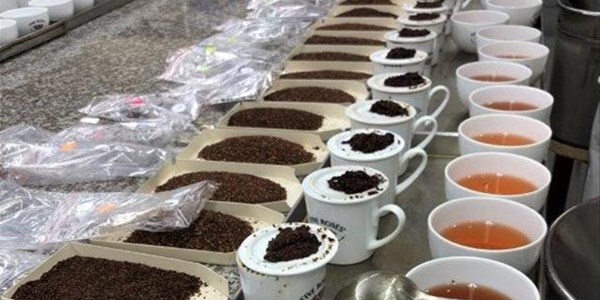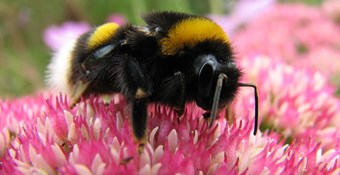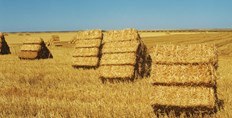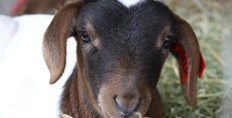Agri Hour
Honeybush Tea - quality grading system developed─── ELSABÉ RICHARD 05:00 Fri, 18 Dec 2020

A valuable quality grading system for one of South Africa’s herbal teas – the honeybush tea – was recently developed.
Brigitte Preez, who obtained a PhD in Food Sciences at Stellenbosch University (SU) in the Western Cape, is the mastermind behind this grading system. Du Preez, during her research, sought to answer questions such as - how does one distinguish a high-quality brew of honeybush tea from a mediocre one? And, how one can describe and quantify the differences between brews in a way that improves quality control in the supply chain, from crop to cup? OFM News’ Elsabé Richard spoke to her…
See PODCAST below
Du Preez shares that the honeybush tea industry has rapidly grown over the past two decades. This, as it has grown from a local cottage industry to a participant in the global herbal tea trade.
She adds that her project title was to develop a quality grading system for the honeybush tea industry – to develop a user-friendly method to define the sensory qualities of the tea. This includes its aroma, taste as well as its appearance.
Furthermore, she explains that a lot of studies have been conducted in the past two decades around this indigenous tea by the Agricultural Research Council (ARC). With that, a great deal of work has been done in order to develop a sensory wheel. Du Preez adds that what lacked was a quality grading system to communicate the quality of honeybush tea, “because at present, tea of variable quality is entering the market and can be harmful to the reputation of honeybush tea.”
Additionally, the university says in a statement that till date no standardised set of measures to assess the sensory aspects of honeybush tea has been developed. This resulted in commercial processors, packers and marketers to use different methods to evaluate and communicate the sensory quality of the tea. Also, the South African government’s regulations do not specify the sensory standards for the tea.
With that being said, Du Preez’s work could help address some of the above-mentioned challenges, as well as assist tea packing companies in the rapid assessment of tea for batch blending purposes, and researchers involved in honeybush plant cultivation.
“Du Preez used a large dataset as a foundation for her research. This dataset was compiled from the sensory, colour and turbidity (clarity) analyses of 585 tea batches that represented high to poor-quality teas. She focused her efforts on three honeybush species (C. intermedia, C. subternata and C. genistoides) that are considered commercially important.
“Du Preez developed universal chemical-based reference standards to replace the food-based reference standards in the aroma lexicon of honeybush tea. This lexicon is a standardised descriptive vocabulary that describes the sensory characteristics of the tea. The chemicals represent 23 aroma attributes of honeybush tea. A chemical is added to a base honeybush tea for evaluation of a specific honeybush aroma to train assessors in its ‘sensory language’.
“[She] furthermore identified sensory classes and specifications for ‘high’, ‘moderate’, ‘low’ and ‘poor’ quality tea. ‘High’ quality represents premium quality tea and ‘moderate’ quality represents the minimum standard for a consumer product. ‘Low’ quality represents the minimum standard for batch blending, whilst ‘poor’ quality represents the level at which the industry should reject batches," explains the university.
According to Du Preez, how one identifies a high-quality honeybush tea, is by its colour, aroma and taste. She adds that it should have a reddish-brown colour, a high intensity of floral, fruity and sweet aromas, with sweetness and some astringency on the palate. On the other hand, she explains that poor quality tea is characterised by a dull overall sensory character on the palate, high intensities of taints, "including ‘smoky’, ‘medicinal’ and ‘musty’ flavours.”
The newly developed grading system and supporting tools can now be used throughout the supply chain. Tools include a revised aroma wheel and lexicon, which visually maps the aroma attributes of honeybush tea and their intensities together with a scorecard and colour reference card for ease of use in routine quality control. This supporting tools and grading system could also form a basis for regulatory control in terms of certification and export control.
Du Preez encourages those who are interested in farming this crop to visit the South African Honeybush Tea Association’s (SAHTA) website for more information - www.sahta.co.za
OFM News













